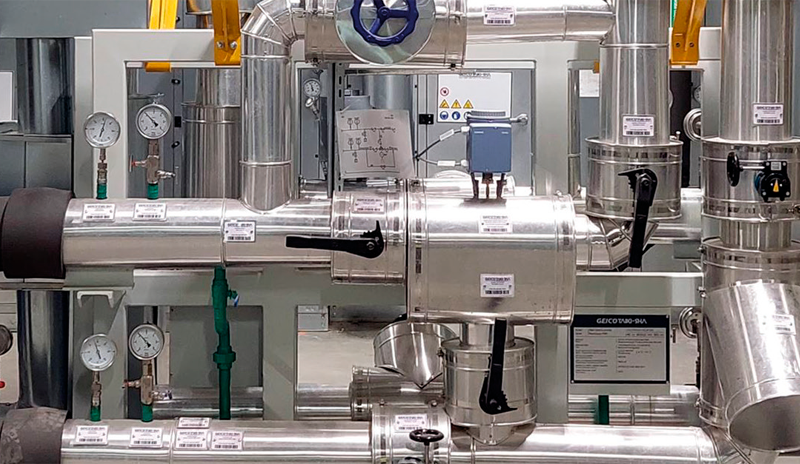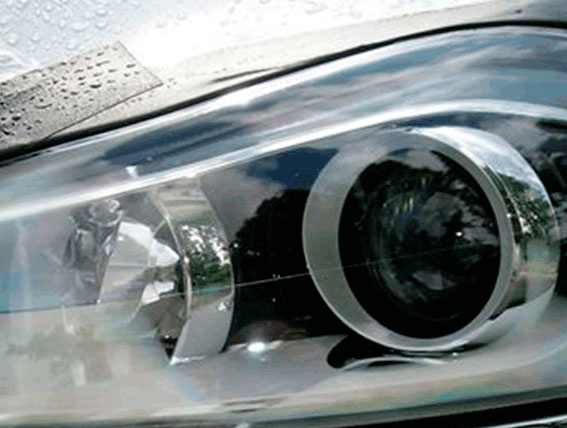Analysis of the thermo-fluid dynamics of a paint shop’s hot water distribution network
Futurities Year 20 n°1
By Luca Zanellato, Matteo Caldaroni - SimulHub


This article describes an analysis of the performance of a hot water distribution piping network consisting of a main boiler and various utilities inside an automotive paint shop based in France. The simulation is performed using Flownex, a CFD (computational fluid dynamics) software with concentrated parameters.
A paint shop is powered by several energy sources (hot and cold water, natural gas, electricity, and compressed air) that serve to drive the applications of surface treatments to the car body from the pre-treatment phases to the actual painting. The energy is delivered to different components (process tanks, air supply units, oven heating units) via a complex network of pipes. This study focuses on the hot water distribution system.
Traditional spreadsheets cannot manage the whole system and lead to excessive approximations and greater possibilities of error. Flownex enabled the complete system to be studied under various operating conditions using a one-dimensional model with concentrated parameters.
Flownex software can easily manage the complexity typical of engineering plants and will also be used in other areas of the automotive paint shop.
Read the article
CASE STUDY
EnginSoft implemented a new 3D CFD multi-phase model to simulate the water condensation-evaporation processes inside automotive headlamps for Automotive Lighting, a leading supplier of quality headlights to the OEM market
automotive cfd ansys rail-transport